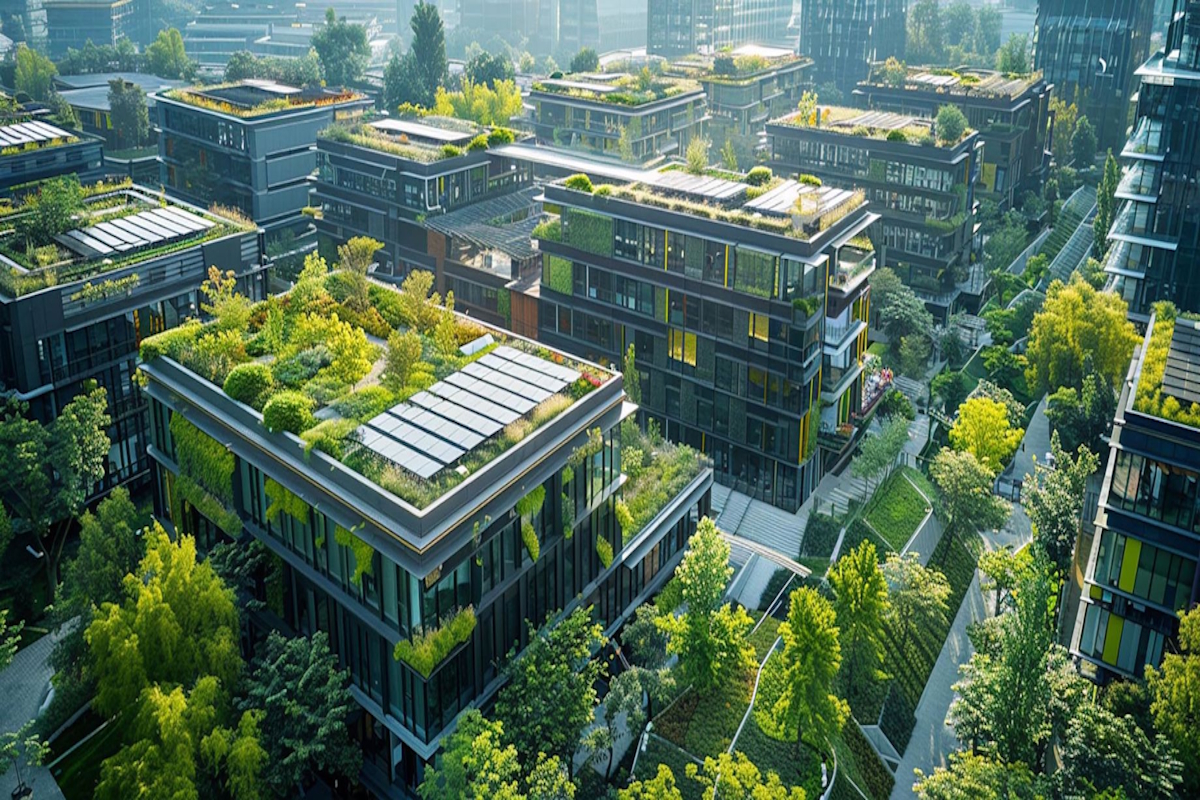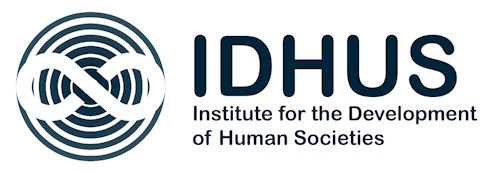As the world faces the accelerating impacts of climate change, cities have emerged as both key contributors to the crisis and essential arenas for meaningful solutions. With the majority of the global population living in urban areas, the urgency to transition toward Net Zero cities—those that achieve a balance between carbon emissions and removals—has never been greater. Digitalization, and in particular the application of artificial intelligence, offers powerful tools to reimagine urban systems in smarter, cleaner, and more sustainable ways.

Urban centers, while occupying less than 2% of the Earth’s land surface, are responsible for an overwhelming 78% of global energy consumption and approximately 70% of greenhouse gas emissions, according to UN-Habitat. With more than half of the world’s population already residing in cities—and forecasts indicating that this trend will only intensify—urbanization stands as both a critical driver of economic development and a central contributor to climate change. In this scenario, reimagining how cities are planned, built, and managed is not just desirable but imperative for the global transition toward environmental sustainability and carbon neutrality. The concept of Net Zero cities—urban environments that balance greenhouse gas emissions produced and removed—is rapidly gaining traction as a strategic framework for meeting international climate targets, such as those outlined in the Paris Agreement.
Digitalization, underpinned by artificial intelligence (AI), is emerging as a transformative force in this urban evolution. The fusion of data science, intelligent systems, and real-time connectivity enables cities to be reconceptualized not as static entities but as dynamic, adaptive ecosystems. This paradigm shift is captured in concepts such as the “human adaptive city” and “City as Software,” where the convergence of physical infrastructure, human behavior, and digital intelligence creates an open, interoperable architecture. Within this model, AI plays a central role in enabling cities to perceive, learn, and respond to environmental and social stimuli with unprecedented precision and efficiency.
One of the most significant domains where AI-driven digitalization demonstrates immediate impact is in urban mobility. Transportation is a major source of carbon emissions in most cities, and transforming this sector is a prerequisite for achieving Net Zero goals. AI enables the development of integrated, multimodal transportation systems that reduce reliance on private vehicles by optimizing public transport networks, enhancing last-mile connectivity, and predicting demand patterns. Through the analysis of vast volumes of anonymized data—collected from mobile devices, sensors, and connected infrastructure—AI can identify patterns in human movement, forecast congestion hotspots, and suggest alternative routing in real time. This not only improves traffic flow but also reduces idle time, energy consumption, and emissions.
Moreover, AI-powered simulation and predictive modeling are becoming indispensable tools for urban planners and policymakers. By creating digital twins of entire cities—virtual replicas that simulate real-world processes—AI can test the impact of proposed interventions before they are physically implemented. These simulations incorporate variables such as population growth, energy demand, climate conditions, and land use patterns to evaluate the long-term sustainability of development strategies. In mobility planning, for example, AI models can simulate the effect of pedestrianizing certain streets, expanding electric vehicle infrastructure, or introducing congestion pricing schemes, allowing decision-makers to choose the most effective and equitable solutions.
Another core area where digitalization and AI intersect to promote Net Zero cities is the built environment. Buildings account for a substantial share of urban emissions, both through their energy use and the embodied carbon of construction materials. Addressing this challenge requires a dual approach: retrofitting existing structures to enhance their energy performance, and ensuring that new developments are designed according to rigorous sustainability standards. AI contributes to this endeavor in multiple ways. Smart building systems, equipped with AI algorithms, can continuously monitor and adjust lighting, heating, cooling, and ventilation based on occupancy and external climate conditions, thereby minimizing energy waste. At a larger scale, AI-driven platforms can analyze portfolios of buildings across a city to prioritize retrofitting investments based on potential energy savings and socio-economic impact.
Furthermore, AI facilitates the implementation of circular economy principles in construction. By analyzing supply chains, material usage, and lifecycle data, AI systems can recommend low-impact materials, optimize procurement, and forecast maintenance needs, all of which reduce the carbon footprint of urban infrastructure. As cities face increasing risks related to climate change—such as heatwaves, flooding, and air pollution—AI also supports resilience planning. For instance, urban climate models enhanced by machine learning can simulate the urban heat island effect and guide the placement of green spaces, reflective surfaces, or cooling corridors in areas most vulnerable to extreme temperatures.
In addition to technical and environmental benefits, the integration of AI in city governance fosters greater transparency and inclusivity. Digital platforms powered by natural language processing and machine learning can process citizen feedback at scale, detect emerging concerns, and facilitate participatory decision-making. Predictive analytics can also help identify neighborhoods at risk of energy poverty or infrastructural neglect, allowing for more equitable distribution of resources and targeted policy interventions.
Ultimately, achieving Net Zero cities is not solely a matter of deploying new technologies—it requires a systemic transformation in how cities are conceived, governed, and experienced. Artificial intelligence, when applied thoughtfully and ethically, becomes a foundational enabler of this transformation. It provides the analytical capacity, operational agility, and strategic foresight necessary to align urban development with climate goals, while also improving quality of life for urban residents. As urbanization continues to shape the future of humanity, the integration of AI into the urban fabric offers a powerful pathway to ensure that this future is both sustainable and just.
